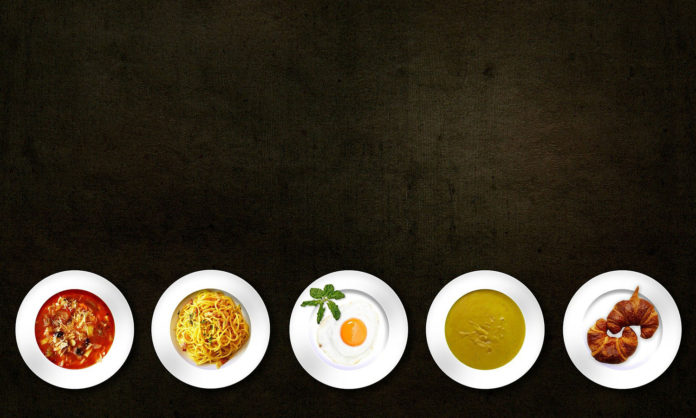
Showing your characters eating is something most writing advice tells you to skip. Like showering, bathroom needs, and driving to work, it’s something readers will assume your characters do, unless there’s a good reason otherwise.
However, in the right circumstances, incorporating food into your story can enhance setting, character, and plot. In an article for Writer’s Digest, Mia Manansala talks about how to use food in fiction.
“Just like sex scenes and fight scenes, eating scenes are a way to move along the plot, incorporate sensory detail, develop the world, and tell you more about the characters and their relationships—with food, with themselves, and with the people around them,” Manansala says.
Using food, you can connect scent to memories and use visuals to show what is important to your character or what impresses them. The sounds of a restaurant or kitchen are great ways to establish place. The act of cooking can help characters connect or avoid unpleasant topics.
“Explore your characters’ relationship with food: What brings them joy? What tortures them? What memories/feelings/reactions does a particular dish evoke?” Manansala suggests, adding that food contributes to world-building.
Food changes with culture, she says. Even common foods, like hot dogs, are served differently depending on where you are. Food is also important as culture. For minority groups, immigrants, refugees, and other diaspora, food is a powerful way to connect to family, home, and history. “A plate of food is never just a plate of food,” Manansala writes. Food can also be political – who has plenty and who doesn’t? Who grows it and who profits? Even food snobbery among peers can give you insight into character and dynamics.
So while you don’t want to describe your characters’ eating habits ad nauseum, do consider food as a source of revelation of your characters and your world.











